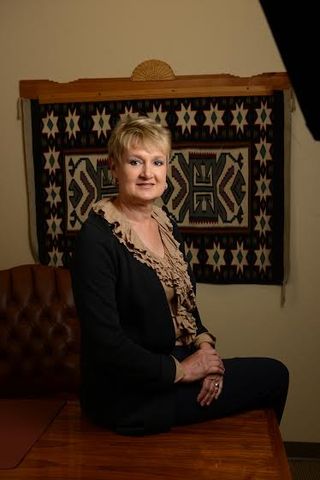Our tri-annual retreat sparked a lot of discussion and creative thinking about the issues faced by many law firms, and one area that clearly causes a lot of heartburn is, simply, "How much?" What do you charge for your services, and which approach to pricing lends fair value to the firm and the customer alike?
 Obviously, you first must make sure your fees are ethical. Whatever that means in your jurisdiction; you want to make sure that you can justify your fees ethically. Yet this is a very broad guideline, and not a particularly helpful way to set your prices. Here are a few of the common methods, along with some of the pros and cons.
Obviously, you first must make sure your fees are ethical. Whatever that means in your jurisdiction; you want to make sure that you can justify your fees ethically. Yet this is a very broad guideline, and not a particularly helpful way to set your prices. Here are a few of the common methods, along with some of the pros and cons.
Finger in the wind method – This is basing your pricing on what other people are doing in your area. It is not a bad idea to do that research, just so you can see what other people are doing and know that your prices are not way out of line. And if you are charging what everybody else is, if you are going with the herd, you’re going to be comfortable with the pricing. The downside is that, in your clients' minds, it is basic commodity pricing. In other words, they could go to you or the attorney down the street and the client will pretty much get the same thing. It is important to know what everybody else charges, but it is not a good idea to follow their lead.
Flat fee – This is a great way to charge clients, but if you base your fee on how much time you will take, then you could still run into problems. For example, let’s say you have a job that will take you three hours, and if you multiple your billing rate of, say, $250.00/hour by three hours, you decide you’re going to charge $750.00 for your service. Now, that will make you comfortable with the price because it’s based on an hourly rate and the amount of time that you estimate. The downside is, if you underestimate how much time the job will take, you will be underpaying yourself. And if you overestimate too many times, that can also be a problem, because you'll feel like you're overcharging your client, and that will eventually cost you clients. Another issue is that there are only so many hours in the day, and by using this approach you are not taking full advantage of flat fee billing and limiting your revenue based on the number of hours you work a case. One way to correct this is to estimate what it normally takes you to do a job, then build in a buffer to cover the times it might take longer. For example, you would start out estimating that a job will take you three hours, but you know what sometimes it takes you four or five, so you might average the time that it would take thus what the cost will be.
Value-base billing – What is the value of what you’re doing for the client? Let’s say you are saving a client $650,000 of their assets. Are you really only going to charge what everybody else is charging when they may not be able to get even close to the same result? If the attorney down the street is doing $2,000 for a trust, but you can do a trust a little bit differently and save $650,000, you are doing a huge service for the client, a service that the client could not get elsewhere, but doing a huge disservice to self by not charging enough. The great advantage of value-base billing is that you are giving a higher value to the clients; therefore, you can charge higher prices But if you are uncomfortable with the process and the different options available, then it will show. And your clients will not be willing to pay higher prices because your client is not not going to trust you.
Fee schedule – Whichever pricing model you choose, a fee schedule is important because it helps you avoid emotion-based pricing. Sometimes when we are talking with people, we hear a sad story or we see that the client doesn’t have a lot of assets, and we start to feel like social workers. We want to help as many people as possible, but the fee schedule will help you stick to the pricing. If you’ve done your fee schedule right and you're confident in your fees, it will help you reduce the feeling of needing to cut your fees, because you have built your fee schedule in such a way that you know the price is fair. You know that the price is worth what you’re doing. And also remember that, even though the client has a sob story or you feel sorry for them for one reason or another, you still have to do the work, and the work won't be any less because you feel sorry for the client.
On the LWP members web site, you can find our founder's estate planning fee schedule. You can use that as a guide, not necessarily for the amount that you might charge, but it’ll let you know the various services that his firm provides. That can help you decide whether or not you want to offer those or other services, and it’ll get you thinking about what you might be able to charge in your area.
Finally, you don’t want to miss our retreats. At our last retreat, we had a discussion about what happens if the client has a negative reaction to the fee – maybe doesn't want to pay that price or even tries to negotiate with you. After a great discussion, the consensus among our members was, bottom line, the price is the price. If you are confident in your price but the client resists, then you probably have a marketing problem. Bring in more people who are better able to see the value of what you are offering them. Adjust your marketing and bring in better prospects.
Aaron Miller, Legal Technical Trainer, Lawyers With Purupose
 What a ridiculously simple idea! How come I never thought of it?
What a ridiculously simple idea! How come I never thought of it?









